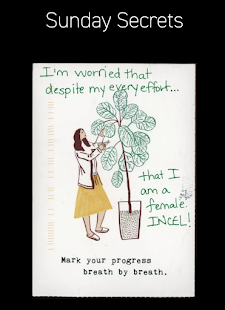Hypertext Fiction - Abby T.
When defining hypertext fiction, Scott Rettberg refers to the initial term invented by Theodor Holm Nelson. A comprehensive summary of Rettberg’s quotes of Nelson might then describe the genre as a series of texts linked or otherwise connected to each other in a way which promotes a branching, responsive interface and user interaction (64). There is more to hypertext fiction than this, however; it is one of the most widely discussed forms of electronic literature, and its modern and postmodern influences have led to its writers exploring ideas such as referentiality, intertextuality, the death of the author, multilinearity, metafiction, reflexivity, and more. The digital format and the emergence of hypertext platforms such as HTML on the World Wide Web have allowed writers to better explore these concepts and greatly contributed to the spread of hypertext fiction across the globe. Even when the genre was in its infancy, it was considered by Nelson to be inseparable from the electronic world (Rettberg 64). Though there have been fewer and fewer works of hypertext fiction in recent years, it remains one of the most important genres in the history of digital literature.
One of the earliest works in which we can find aspects characteristic of hypertext fiction is “The Garden of Forking Paths,” a short story by Jorge Luis Borges. Though it itself is not hypertext fiction, the novel by Ts’ui Pên, which functions as a main plot point, seems to call to mind the branching nature of hypertext narratives. The fictional Pên has essentially created a print version of hypertext literature, something which should be impossible – or at least a shadow of digital hypertext fiction – given the definition of the genre. This is especially striking when you consider that it was first published in 1941, decades before the heyday of hypertext fiction. It makes me wonder if Borges’ work had any influence on hypertext in general (besides Stuart Moulthrop), and how it relates to earlier pieces which also might touch on this subject.
Sunshine ‘69 by Robert Arellano: https://bobbyrabyd.github.io/Sunshine69/noflash.html
I want to start off by saying that I wish I had more time to read this piece! At first, I wasn’t sure if I would like it, especially since I was a bit confused about where to start. The more I explored, however, the more I found myself interested in the lives of the characters and how the fragments of their perspectives would coalesce into a narrative. It is largely thanks to Sunshine ‘69’s branching format that this works; telling the story in a fixed way likely would have made it less interactive and slowed the fast-paced energy of the piece in general. Robert Arellano also has a particularly blunt writing style peppered with slang, which only serves to enhance the immersive feel of the text. This is especially important because Sunshine ‘69 is meant to transport the reader into the ‘60’s, providing a magical-realist, alternative history to the events of the year 1969 (Rettberg 79-80). By interacting with the story and choosing which scenes to explore first, the reader gets a chance to step into this world and experience the chaos and intrigue of historical events through a different lens.


I also wish I had more time to read this piece. The more I went through it, the more I began to get a better perspective of what postmodernism. I would agree that it is interesting to see how much the story resembles hypertext, years before it ever came into existence. Although hypertext is less common now, it still has a lasting influence across digital platforms.
ReplyDeleteBorges and other postmodern authors playing with this idea of multiple pathways really did inspire hypertext and are considered its predecessors. Even the Dada, early on in the 20th century and James Joyce in the 20s, so it reaches far back. It makes you wonder where we're going next! Sunshine ‘69 is a fun one. I like that you can read through it in multiple ways.
ReplyDelete